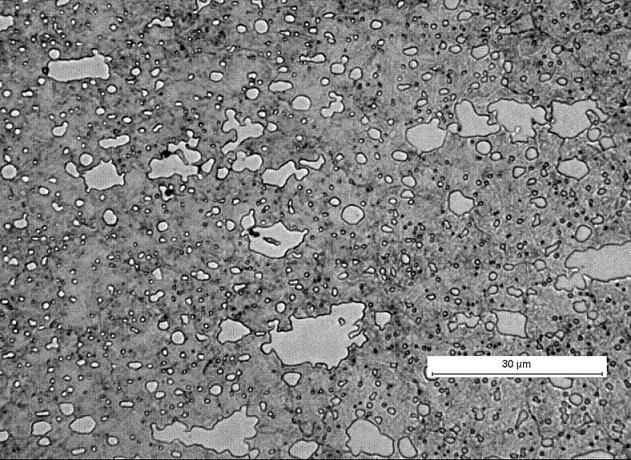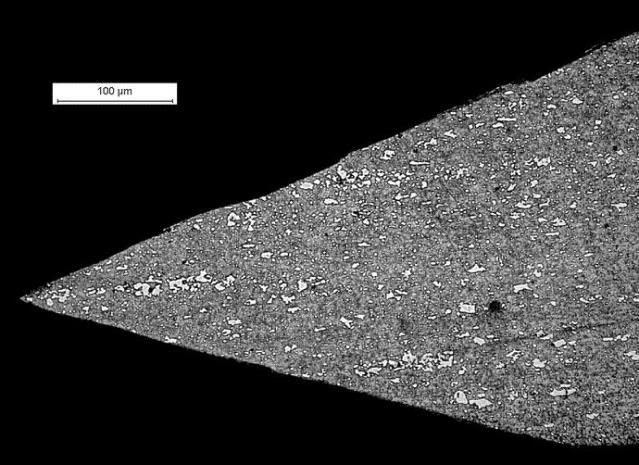Yeah John got a lot of unfounded flack over his testing, that was the reason why I jumped all in this because the method is good and it was a good honest test.The Mastiff wrote:I've been trying to catch up on everything that's been posted both here and the other forums. It's an interesting phenomena.
What I'm referring to is the explosion of posts and worry over very few incidents that we don't have the reasons for yet.
I'm glad Cliff, and Jim have posted here already. CTS has been doing a bunch of posting and unfortunately was getting flak for it on a different forum including by a guy who did a test of his own, admittedly had a tiny roll, but attempted to use it as evidence to refute others results. I'm not going to get into the subject of what other manufacturers say on their forums in the Spyderco forum. Sal is a class act and doesn't deserve to get involved in cross forum wars or hard feelings resulting from such stuff. :)
I don't really see anything going on here that surprises me with the steel or knives. The knife was made to roll, not chip. It seems to be doing exactly that. If it has been too easy than get the knives into the labs so we can see what the heck's going on and get it behind our knife community one way or another.
I see nothing that will keep me from ordering the Native 5 in these results. If I was to have a problem with it, just like any other QC problem I'd get it resolved with no added drama. To be honest I'd rather have a knife that rolls it's edge than a bunch of needless drama. For me these knives are a hobby and relaxation rather than adding problems to my life.
As far as S35V goes I'll make this offer. If anybody that actually makes knives and has the proper heat treat equipment ( no barbecue grills please nor home made propane ovens with no temp control other than eyeballing colors. These need very real precision heat treats.) for these very sophisticated highly alloyed steels and wants a free piece of S35VN to try please PM me. It's a bad year for me and unfortunately I'll have to ask for money for shipping. I'll be getting some water jet cut along with some other steels for future projects and I'll cut a few extra pieces in case. This might take me a couple of months but I'll get it to you. Please e-mail me at mastiffone@hotmail.com.
Yep, I'm a cruware/super blue/52100 /O-1/3V guy but I still edc knives in S30V, and have found them good performers. I suspect in time we will be saying as much for S35VN. If not? Well, there's plenty of more great cutlery steels available and for everybody here there is one just suited for you.
Recall all the silly claims about S30V conspiracies and please keep the now ridiculousness of those statements in mind when getting caught up in this flurry of posts about 3-4 incidents of unknown causes? Note please that we do have believable reports of what I'd call very good performance by an engineer/mod on another forum who found no edge damage on rope after his testing. I also know how well my mule performed for me.
Yes, and please don't give me a history lesson on S30V and what was said, and not said. I was there for that and have my own viewpoint on it. I'm not much into conspiracy theories.
A lot of the tech stuff and guesses have been covered here and elsewhere and I don't have the time and energy to go over all of them point by point, nor repeat my own postings to hear myself talk.
I will repeat the offer to find out for yourself with a spyderco under warranty, or a roll your own with some annealed , thickness about .180 which I can provide.
Joe/Raleigh
I will post here what I posted over there.
All steel will fail at some point, it will either chip or roll, but one or the other will happen in the end with any steel. It how fast the edge rolls or chips that really makes the difference. What got my attention was how fast the edge rolled on the CRK blade, not so much the Native 5 as it really didn't look that bad in the video.
That is why some of us do the testing to see how a steel holds up in cutting, how long and what the edge does, we do test the knives to that point of what I call normal wear and tear happens.
Shiny spots and maybe some rolling and or slight chipping is NORMAL when we push the knives to the point were the steel just can't take it anymore by doing enough cutting.


